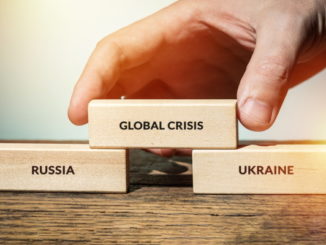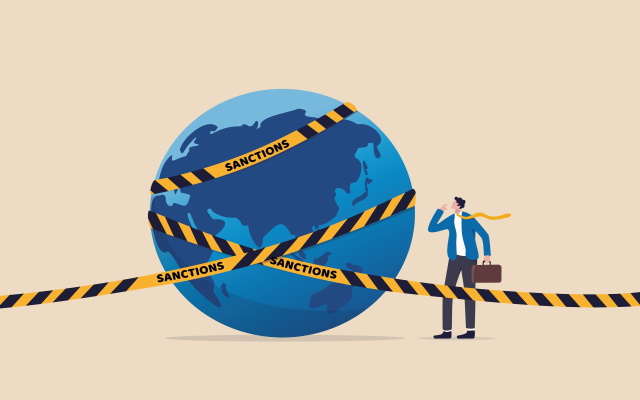
War in Ukraine and rising international tension: What impact on GDP?
By Raul Sampognaro The invasion of Ukraine launched by Russia on 24 February 2022[1] dealt a major shock to the European economy, which was already […]

By Raul Sampognaro The invasion of Ukraine launched by Russia on 24 February 2022[1] dealt a major shock to the European economy, which was already […]

By Elliot Aurissergues The year 2022 was marked by a sharp inflationary surge in the United States and the euro zone. At the end of […]

By Céline Antonin This topic was the subject of a conference entitled “Sanctioning a country’s economy – A solution?” on 16 November 2022 as part […]
Copyright © 2025 | WordPress Theme by MH Themes